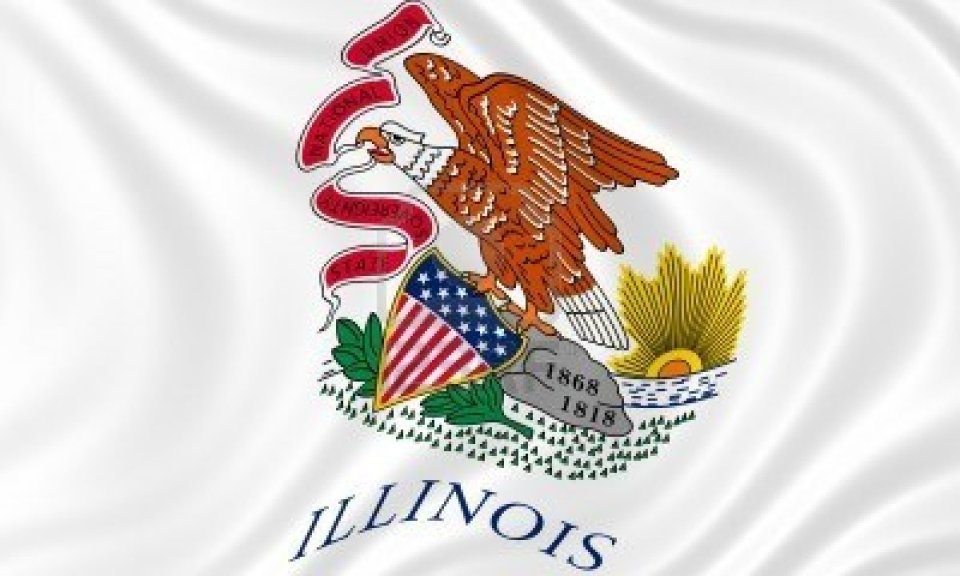Legalization looms in Illinois
IllinoisMarijuana Industry News December 9, 2019 MJ Shareholders 0


As the Land of Lincoln poises for adult use legalization in mere weeks, emotions range from excitement to anxiety to frustration. The resulting public relations between the industry, state and local governments, interested consumers, and existing medical patients has turned into a murky quagmire. Regarding the latter, Illinois has never had a robust medical program. Prior to revamping program requirements in February of this year, medical card holders numbered well below 100,000 people in a state with a population of nearly 13 million. (Dropping onerous mandates such as criminal background checks and fingerprint screening allowed the roster to increase, but it was the policy granting access to patients holding opiod prescriptions that seems to have made the most impact. Reports show that nearly thirty thousand patients have been added in the interim but the total still falls short of the six figure mark.)
While expectations and excitement about the possibilities of adult use are high, the initial surge of demand is relatively unknown. However it’s reasonable to expect – and some have projected the timeline should be measured in years, not months or weeks – that Illinois will face some difficulties from the opening bell. For the state with among the highest prices ($20 per gram of flower is common), the prospect of a long-term price premium doesn’t bode well for providing broader access and driving down the illicit market.
Conversations with associates at a local dispensary about readiness for January 1 have yielded all manner of responses in recent months. Some are full of confidence (checkout stations will be tripled, space expanded), some uncertainty (with no clarity on how the facility will continue to service medical patients), to, most recently, outright doubt. Asked within the past week if the dispensary is ready for January 1, the reply was a definitive “No” from one budtender. This from an operation with significant financial backing located in suburban Chicagoland. While this is hopefully an overly dramatic assessment, if true, it doesn’t bode well for stores in Chicago’s densely packed urban areas. While anecdotal, reports from across the state mirror this sense of trepidation. Making matters worse, the supply of flower has already dried up in parts of the state.
The Illinois medical patient community is incensed, if closely-monitored social media is any indication, at the current state of affairs and convinced the “rec” program will stumble out of the gate. And that is putting it mildly. As a result comments such as this are not uncommon: “There is no shortage. It’s all a dupe to raise prices.” (Although this should be taken against the general backdrop of gauging consumer sentiment via social media, hardly the most reliable solution if seeking a well-rounded understanding but an indicator none the same.) Of course, public skepticism of state government runs high considering Illinois has a rich history of corruption and mismanagement. (See: state pension fund disaster, jailing most recent governors, etc.)
The scathing comments are, at least in part, fueled by gaps in understanding and information. For example, not many are familiar with how the expanded program has unfolded in 2019. For instance, few know that the state forced cultivators to wait until midyear prior to expanding facilities, virtually guaranteeing that the New Year will see supply shortages for recreational customers and calling into question availability of product relied upon by current patients.
None of this should come as new news for Illinois – and to some extent, it doesn’t, as champions of legalization in the state capital have been deliberate about crafting the legislation and regulations – but there’s an extent to which the Law of Unintended Consequences hasn’t been fully appreciated. We wrote about lessons Illinois could take from watching California over a year ago (!) and both the ongoing tribulations in The Golden State and the acute pains (short-term, let’s hope) in Michigan should be cues for any additional states on the cusp of legalization.
The take-away for the industry is clear: the conversation about pricing, state mandated rules, product availability, and the transition for medical users isn’t being adequately managed. Sadly, there may not be much more that can be done. There are likely too many voices that are, by nature of the fractured nature of the industry stemming largely from the legacy of prohibition, at least slightly misaligned that presenting a consistent message to the public at sufficient scale may just not be realistic. But when the communication from the media (such as ABC7’s recent rundown of which municipalities have opted in or out, far too many of the latter incidentally) is more accessible or at minimum higher profile than from direct industry sources, something isn’t quite right.
MJ Shareholders
MJShareholders.com is the largest dedicated financial network and leading corporate communications firm serving the legal cannabis industry. Our network aims to connect public marijuana companies with these focused cannabis audiences across the US and Canada that are critical for growth: Short and long term cannabis investors Active funding sources Mainstream media Business leaders Cannabis consumers










No comments so far.
Be first to leave comment below.